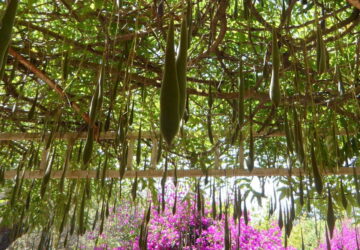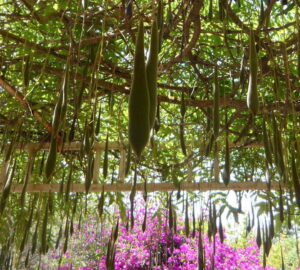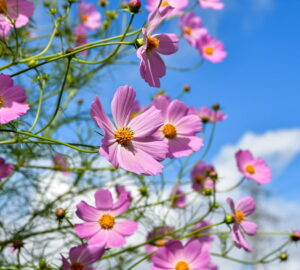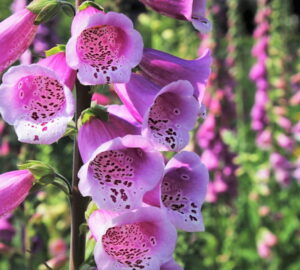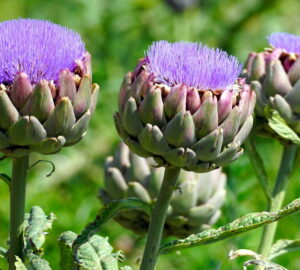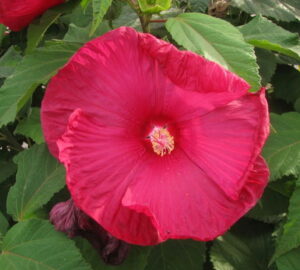Russian sage is a perennial plant that has steadily grown in popularity among gardeners and landscape designers alike. With its striking appearance and low-maintenance nature, this plant is a favorite for adding a touch of elegance and resilience to outdoor spaces. Let’s dive into what makes Russian sage such an exceptional addition to your garden or landscape project.
A Plant with Exotic Origins
Despite its name, Russian sage (Perovskia atriplicifolia) doesn’t hail from Russia. This hardy perennial is native to the steppes and hills of Central Asia, particularly in regions that span across Afghanistan, Pakistan, and Tibet. Its ability to thrive in harsh conditions has made it a reliable choice for gardeners seeking beauty with minimal effort.
A Closer Look: The Appearance of Russian Sage
Russian sage is a tall, airy plant that can reach heights of 3 to 5 feet (90 to 150 cm), making it a standout in any garden. The plant boasts silver-gray stems that are covered in finely dissected, aromatic leaves, which emit a pleasant fragrance when brushed or crushed. The foliage alone adds a unique texture to garden beds, but it’s the plant’s flowers that truly steal the show.

The Spectacular Blooms of Russian Sage
From mid-summer to early fall, Russian sage is adorned with a profusion of small, tubular flowers that form spiky, upright clusters. The blooms are typically a soft lavender-blue, creating a striking contrast against the silvery foliage. These flowers are not only visually appealing but also attract a variety of pollinators, including bees and butterflies, making Russian sage a valuable addition to any pollinator-friendly garden.
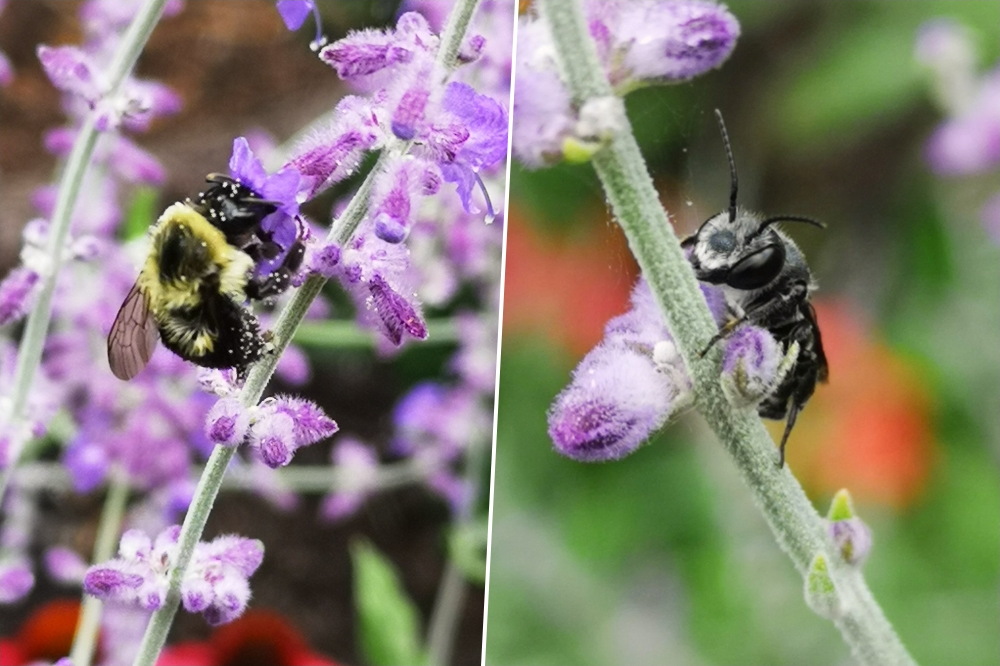
Caring for Russian Sage: Meeting Its Needs
Russian sage is as tough as it is beautiful, and it’s surprisingly easy to care for. Here are the main requirements to keep your Russian sage thriving:
- Sunlight: Russian sage thrives in full sun, needing at least 6 hours of direct sunlight daily. It can tolerate some shade, but its flowering may be less prolific.
- Soil: Well-drained soil is crucial for Russian sage. It prefers sandy or loamy soils and can tolerate poor soil conditions, as long as the drainage is adequate.
- Watering: Once established, Russian sage is drought-tolerant. Water it regularly during its first growing season to help establish a strong root system, but after that, it requires minimal watering.
- Pruning: Pruning is essential to maintain the plant’s shape and encourage new growth. Cut back the stems to about 12 inches (30 cm) in early spring before new growth begins.
- Fertilizing: This plant does not require much fertilization. A light application of compost or a balanced fertilizer in the spring should suffice.
Beyond the Garden: Where Else Can You Plant Russian Sage?
Russian sage is incredibly versatile and can be planted in a variety of settings beyond traditional garden beds. Its drought tolerance and ability to thrive in poor soil make it an ideal choice for:
- Xeriscapes: Perfect for water-wise landscapes where conservation is key.
- Rock gardens: Its silvery foliage and delicate blooms contrast beautifully with stones and boulders.
- Urban settings: Ideal for planting along sidewalks, driveways, and even in large containers.
- Wildflower meadows: Adds height and color to naturalistic plantings.
- Public spaces: Russian sage is a favorite for parks and public gardens, where low maintenance is a priority.
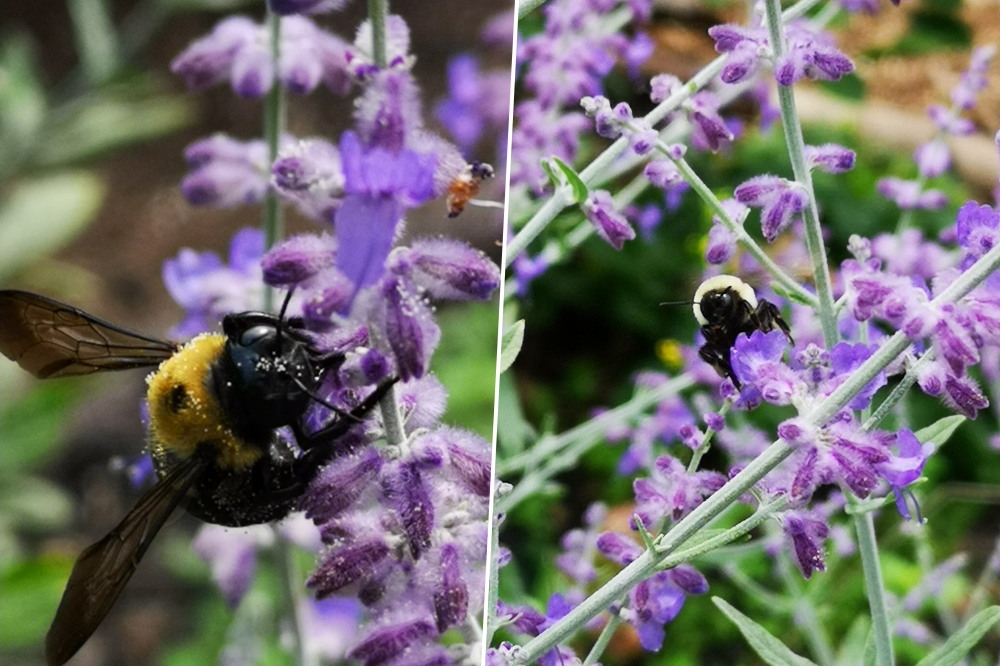
Why Garden Designers and Landscape Architects Love Russian Sage
Russian sage’s combination of beauty, resilience, and low maintenance makes it a go-to plant for garden designers and landscape architects. Here’s why they love it:
- Architectural form: The plant’s upright, airy form adds structure and movement to garden designs.
- Color contrast: The silvery foliage and lavender blooms provide a striking contrast to green-leaved plants and bright flowers.
- Extended bloom period: Russian sage offers a long-lasting display from mid-summer into fall, ensuring continuous color.
- Pollinator magnet: It supports biodiversity by attracting bees, butterflies, and other pollinators.
- Adaptability: Its ability to thrive in various climates and soil types makes it a versatile choice for diverse landscapes.
Five Fascinating Facts About Russian Sage
- Deer and rabbit resistant: The aromatic foliage of Russian sage deters deer and rabbits, making it a perfect choice for areas prone to wildlife browsing.
- Medicinal uses: In traditional medicine, parts of the Russian sage plant have been used for their potential anti-inflammatory and antimicrobial properties.
- Not a true sage: Despite its name, Russian sage is not related to culinary sage (Salvia species), though it shares a similar aromatic quality.
- Color-Changing Leaves: Russian sage is known for its unique ability to change the color of its leaves throughout the growing season. In cooler climates or during early fall, the silver-gray foliage can take on a subtle purple hue, adding an extra layer of visual interest to your garden as the seasons change.
- Cold hardy: Russian sage can withstand temperatures as low as -20°F (-29°C), making it suitable for a wide range of climates.
Conclusion: The Allure of Russian Sage
Whether you’re an experienced gardener or a novice, Russian sage is a plant that delivers beauty, ease of care, and versatility. Its stunning appearance, combined with its ability to thrive in challenging conditions, makes it a valuable addition to any landscape. With its long-lasting blooms and minimal maintenance needs, Russian sage is truly a gardener’s dream.
So, the next time you’re planning a garden or looking to add a touch of elegance to a landscape, consider Russian sage – your garden will thank you for it!

